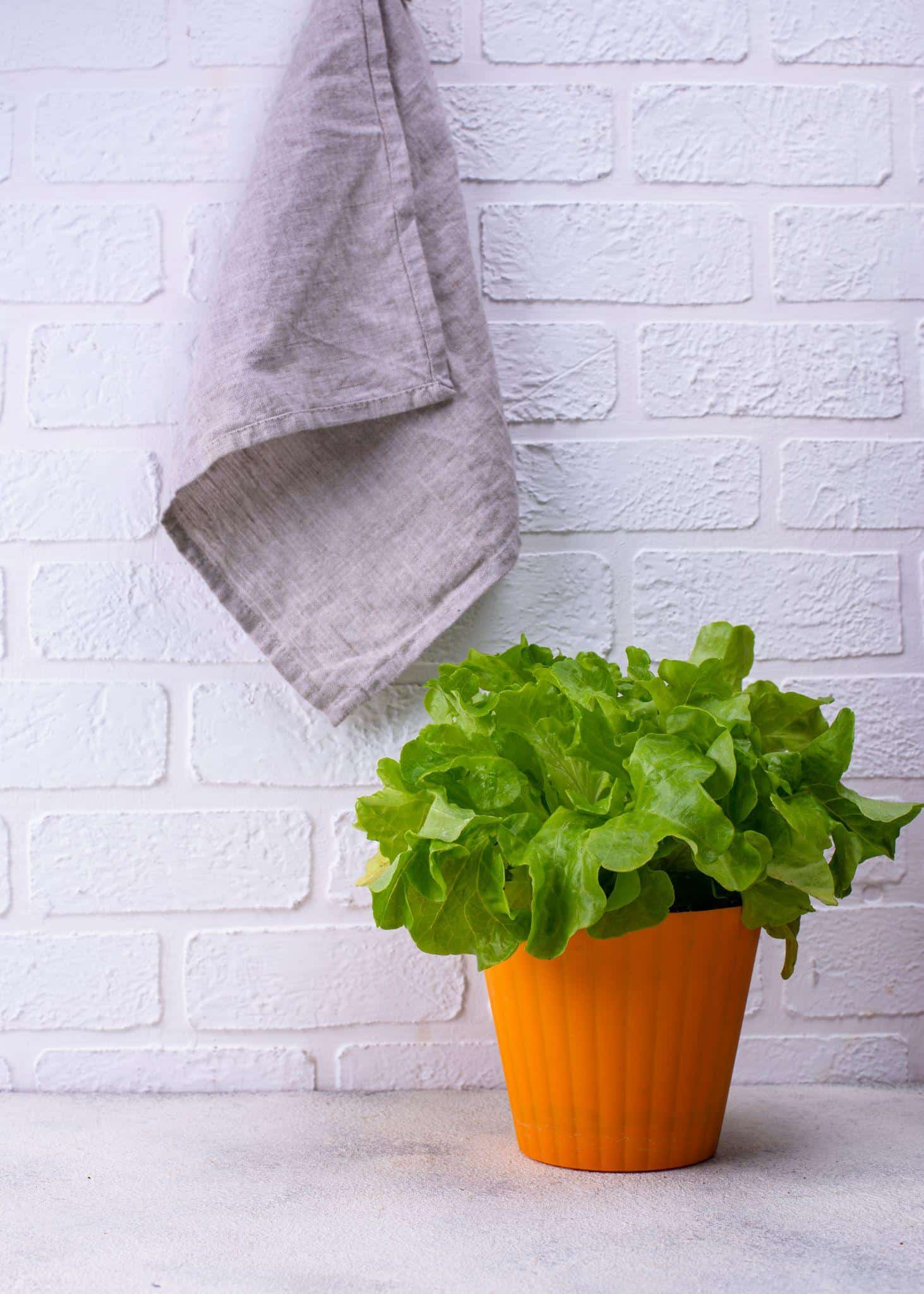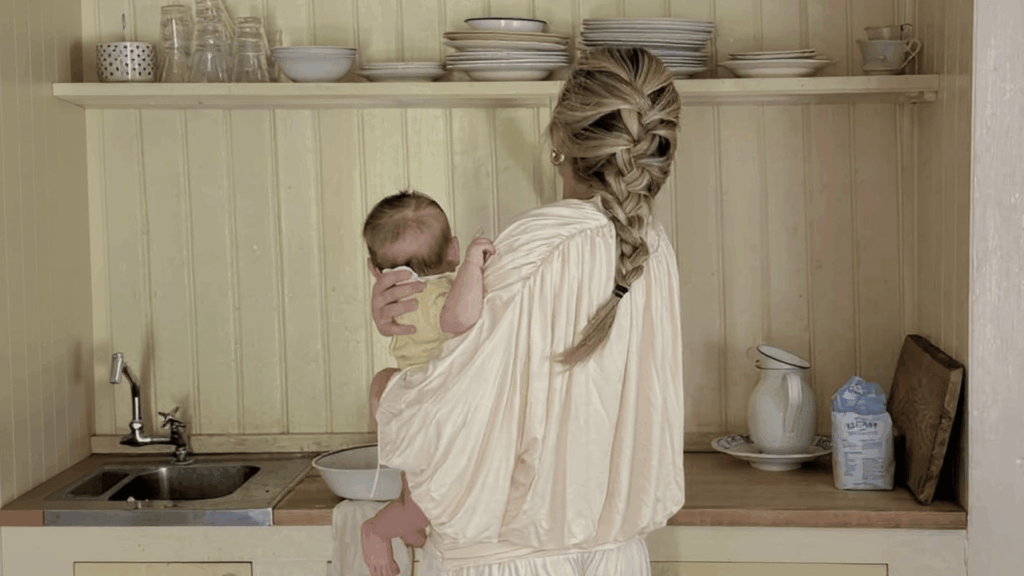Humidity is a vital factor in plant health, influencing growth, transpiration, nutrient uptake, and overall vitality. Especially, In cold winters, it’s crucial to maintain optimal humidity levels for your plant’s health and growth. In environments with too low humidity, plants may experience stress, leading to wilting, leaf drop, and stunted growth.
Increasing humidity in your house can create a more favorable microclimate for your indoor plants, mimicking the natural conditions in tropical and subtropical regions. This can enhance plant growth and improve flowering and fruiting in many species.
How to Increase Humidity for Plants?
To foster a thriving plant environment in winter, many plant enthusiasts may explore effective ways to add humidity to plants. From simple household techniques like grouping plants to more smart solutions such as a small humidifier for plants, there are numerous ways to enhance moisture levels. In the following parts, we’ll further discuss knowledge about humidifiers for plants.

Should I Get a Humidifier for Your Plants?
Before investing in plant humidifiers, you may wonder whether humidifiers are good for plants. The answer is YES! Plant humidifiers can create a consistent and controlled environment that will benefit plant health significantly.
By maintaining the right humidity levels, these devices help prevent issues such as leaf drop, brown leaf tips, and slow growth, which often occur in low-humidity conditions. Furthermore, humidifiers for plants can enhance the overall aesthetic of your indoor space by promoting healthier, more vibrant plants that thrive in the added moisture.
However, it’s essential to choose the right type of humidifier and monitor humidity levels to avoid creating overly damp conditions. Among the best humidifiers for plants in recent years, the Plant Humidifier created by Spider Farmer is worth your trying:

- Capacity: 6 liters, suitable for extended use.
- Max Runtime: Up to 22 hours on a full tank.
- Max Humidification Rate: Delivers up to 450 mL of mist per hour.
- Timer: Adjustable timer for up to 12 hours.
- Customer Ratings: Rated 4.86 out of 5 based on customer reviews.
- Power Consumption: Draws approximately 26W ± 5%.
How Often to Use Humidifier for Plants?
How often to use the humidifier for plants depends on the specific humidity needs of the plants, the environment, and the season. Generally, indoor plants benefit from higher humidity levels, especially during dry and cold seasons or in climate-controlled environments where the air tends to be drier.
You’re recommended to run the plant humidifier continuously or for several hours daily. Meanwhile, you can monitor the level of humidity with a hygrometer as it enables you to determine the right frequency. Ideally, you can maintain humidity between 40% and 60%. On the other hand, you can adjust the humidity level by observing your plants’ responses. For example, their leaves’ health can also guide how often to run the humidifier for plants.
Where to Place Humidifier for Plants?
Consider placing the plant humidifier in a location that maximizes moisture distribution while ensuring the safety of the plants and the device. Ideally, you can place the humidifier near the plants that require higher humidity, but not directly on them, to avoid excess moisture on the leaves, which can lead to mold or mildew. A central location within a growing area or near a grouping of plants can help create a humid microclimate.

At the same time, make sure the plant humidifier is on a stable surface and away from direct sunlight or heat sources, which can affect its efficiency and the plants’ growth. Using a hygrometer to monitor humidity levels in the area can further guide the best placement for optimal results.
How to DIY Humidifier for Plants?
If you don’t have much budget for plant humidifiers, you can also try a cost-effective method – creating a DIY humidifier for plants. There are many materials you can use to create a plant humidifier on your own, such as shallow trays, bowls, and even simple household items like towels or sponges.
Place a Water Tray
One of the easiest ways to increase humidity is by using water trays. Fill shallow trays or bowls with water and place them near your plants. To enhance the effect, add pebbles or stones to the trays; as the water evaporates, it will release moisture into the air. Ensure the trays are wide enough to cover an area around your plants without causing waterlogging.

Mist Plants
Regular misting can also serve as a temporary humidifier. Fill a spray bottle with water and mist your plants daily or as needed, focusing on the leaves and surrounding air. This method is particularly effective for plants that thrive in high humidity, such as ferns and tropical varieties.
Combine Fan and Water
For a more advanced DIY approach, you can combine a small fan with a bowl of water. Place the bowl near the fan, allowing the airflow to help evaporate the water, effectively distributing moisture throughout the room. This setup can enhance humidity while providing air circulation, which is beneficial for plant health.
Wet Towel
Another simple method is to hang a damp towel or sponge near your plants. As the towel dries, it will release moisture into the air. This method works well in smaller spaces and can be adjusted by soaking the towel in water periodically.

Aquarium Humidifier
If you have an aquarium at home, you can utilize it as a plant humidifier. Placing a small air pump or bubbler in the water will create bubbles that increase humidity in the surrounding area as they rise. This method is especially effective in closed environments like terrariums.
Conclusion
As indoor heating often leads to dry air that can stress your plants, it’s always critical to manually increase humidity for plants during winter. As indicated in this post, by using plant humidifiers, placing water trays near your plants, or misting them regularly, you can create a more suitable environment that mimics the natural humidity levels of their native habitats.


















